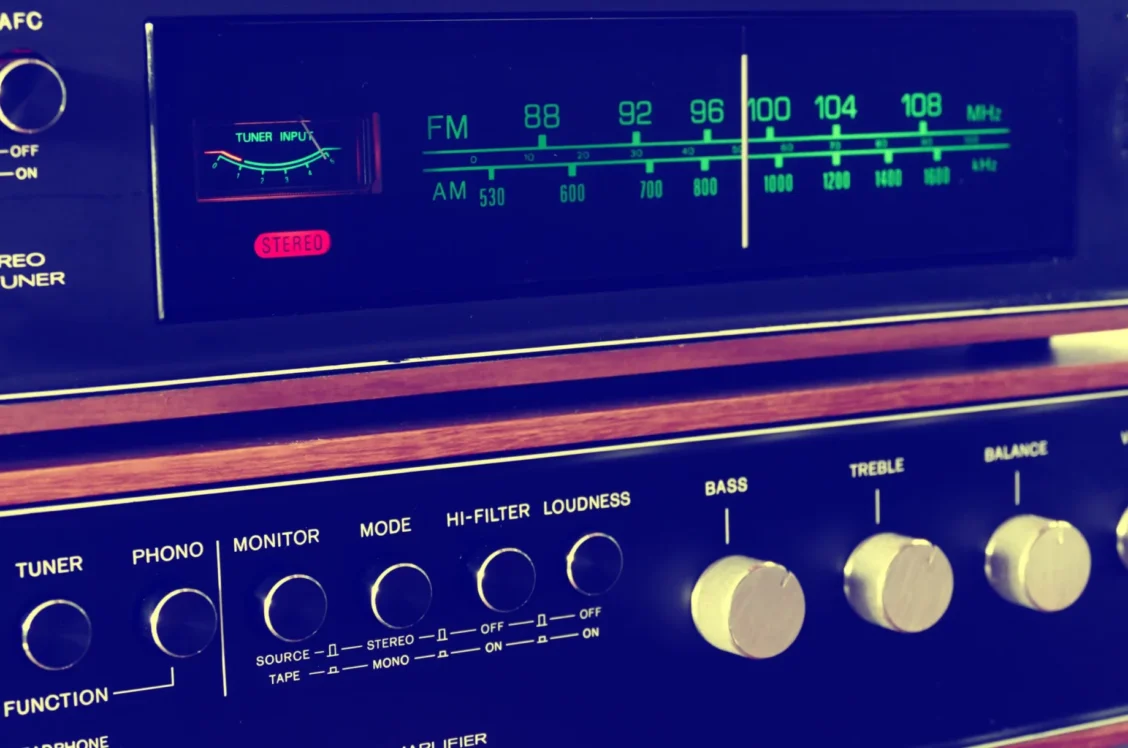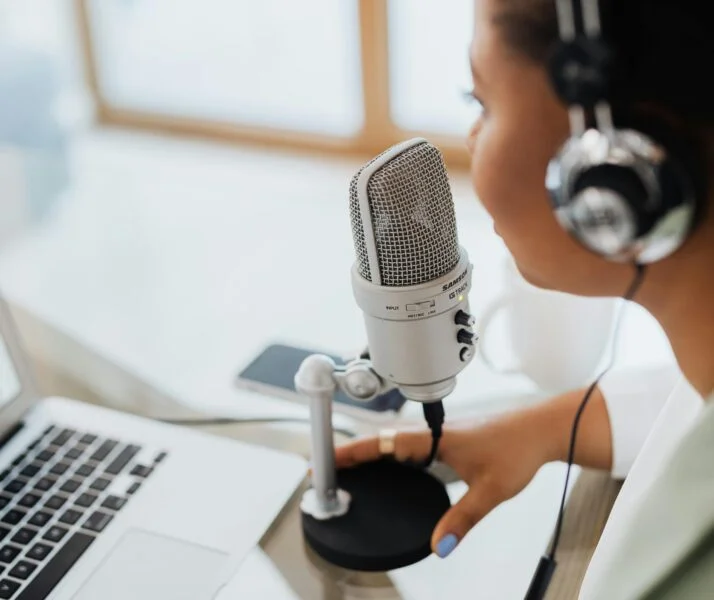
According to the Nielsen Audio Today Report released in June 2022, there are a number of really positive data points that support consumers’ continued, and at times growing, consumption of radio. Radio currently generates 55% more incremental reach than streaming music and is great for building brand awareness and reaching consumers at scale.
In addition, an increasing number of listeners are consuming content via encoded streams, with 12% of all the total radio audience among Adults 25-54 currently coming from streaming outlets.
And finally, an astounding 99% of the population can be reached by audio each month (broadcast radio, podcasts, streaming, and satellite radio) while broadcast radio alone reaches 93% of adults each month. It continues to reach more Americans every month than any other platform, linear or digital.
More information can be found on “Is Radio Advertising Effective?”.
The most common types of radio advertising are:
- Live Endorsement or Host Read
- Produced Radio Spots
- Sponsorships (ie. News, Weather, and Traffic)
- Mentions
Live Reads
Live reads are ads that are read live on-the-air by a producer or radio host talent. They are often called endorsement ads because the voice talent is providing their personalized recommendation of a brand, product or service. They are most effective when the host has the product and can talk about how wonderful it is and how they have incorporated it into their life specifically.
When working with a radio host to advertise your brand, we strongly recommend providing them with your key messaging but still allowing them to make the endorsement their own. Authenticity and trust are paramount to influencing radio audiences. Ideally, you can provide bulleted talking points and the host can put the creative into their own words.
Some key benefits of Live Read ads are:
- Live reads are particularly effective because of the listener-host relationship. The host is viewed as a “friend” of the listener and therefore a valued source of information. This is someone that the listener is riding to or from to work with every day.
- Live reads break through the clutter and when done right, they sound like part of the show content.
- No additional production fees are incurred
- With live reads and endorsements, you get host exclusivity with your ad buy. The host cannot read ads for a competitor.
- Live reads act as excellent drivers of direct response.
Radio Live Read Ad Example Script
Creative Examples of Live Read Ads:
- Sleep Number
- Betfair
Sponsorships
The great news for advertisers is that pretty much everything on a radio station is for sale! Sponsorships are generally packages that include a number of different tactics and can be highly custom. These sponsorship packages could include: produced spots, live endorsements, mentions, and custom audio content or segments. Sometimes non-audio assets are also included such as: studio naming rights, event inclusion, newsletter inclusion, and website ads.
Sponsorship packages are sold as an all-inclusive package deal and, depending on the details of the specific sponsorship, an advertiser can secure 100% share of voice. Sponsorships are not as effective for direct response advertisers, however, they are excellent drivers of brand awareness and brand affinity.
Radio Sponsorship Examples
Creative Examples of Radio Sponsorships:
- Fanduel 1
- Fanduel 2
Produced Advertisement Spots/Spot Ads
A produced advertisement spot is created using a script that a professional voice actor, show producer, or show host reads verbatim and is pre-recorded. The same spot will run multiple times and can run on multiple stations. Produced ads vary in length between :05 (mentions) to :60 (commercials).
Over the years, we have been able to garner key creative learnings on what makes a great produced spot:
- The most effective produced ads are what we call “Founder’s” spots and that is where the company founder tells their story of why they started the company. This helps the ads break through the clutter and really connect with the audience.
- The shorter the ad, the less info that can be included. Usually a :5 to :10 ad is classified as a mention.
- Example:
- “Looking for qualified candidates? Let ZipRecruiter do the work for you. You can try it for free today at ZipRecruiter dot com. That’s ZipRecruiter dot com.
- Example:
- A :15 spot can include an offer and a specific call-to-action for the listener:
- Example:
- “This program is sponsored by BetterHelp. Therapy can bring out a whole new you. And BetterHelp makes it easy to match with a licensed therapist. Get ten percent off your first month of online therapy at B-E-T-T-E-R-H-E-L-P dot com.
- Example:
From the Experts – What Makes a Great Radio Ad?
According to Audacy’s Audio Amplification Report, “You just have to hear a whistle or clap at the beginning of a message to know that new stimuli naturally grab our attention. When audio ads mention the brand early and often, it activates the orienting response, a characteristic behavioral and psychological reaction to something that’s interesting. But then, the trick is to sustain and elevate attention.”2
Additional creative guidance:
- Simple copy. For a Host Read ad, it’s important to not put words in their mouth and keep it authentic. Provide key messaging, do’s and don’ts, and a clear call-to-action but let the host put the creative in their own words. They know their audience best and what will resonate best with them.
- Don’t crowd the copy with multiple messages or offers.
- Make sure customers know how to find you.
- Say your brand name early and often; don’t wait until the CTA at the end.
Start Your Next Radio Campaign with Ad Results Media
Reach out to the experts at Ad Results Media today for a consultation with our team.
__
Sources:
1Nielsen Audio Today Report released in June 2022
2https://audacyinc.com/insights/audio-amplification-the-connection-between-frequency-purchase/


